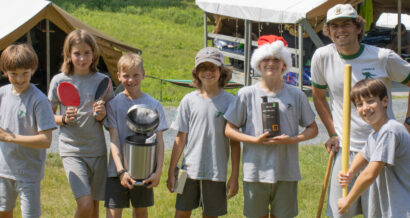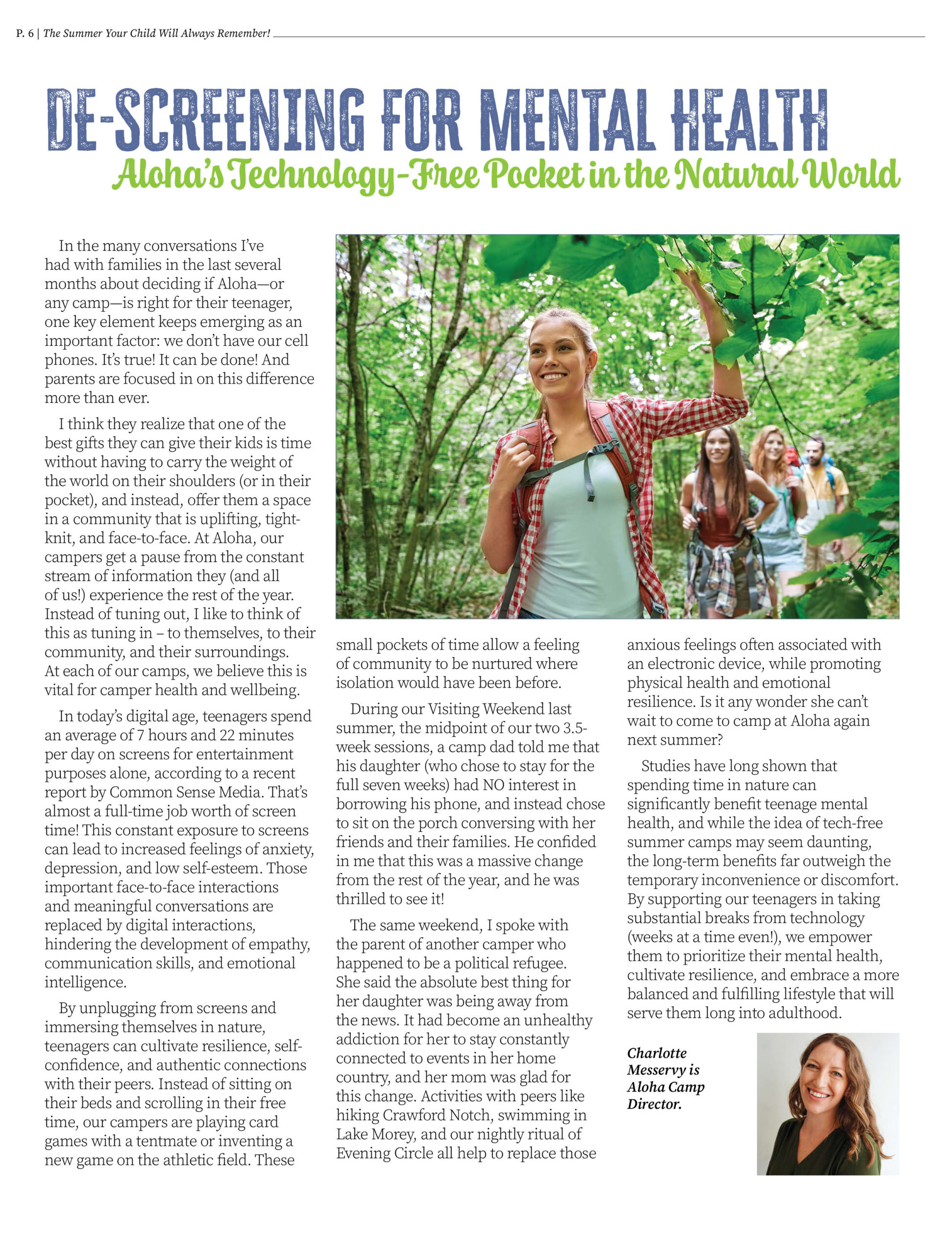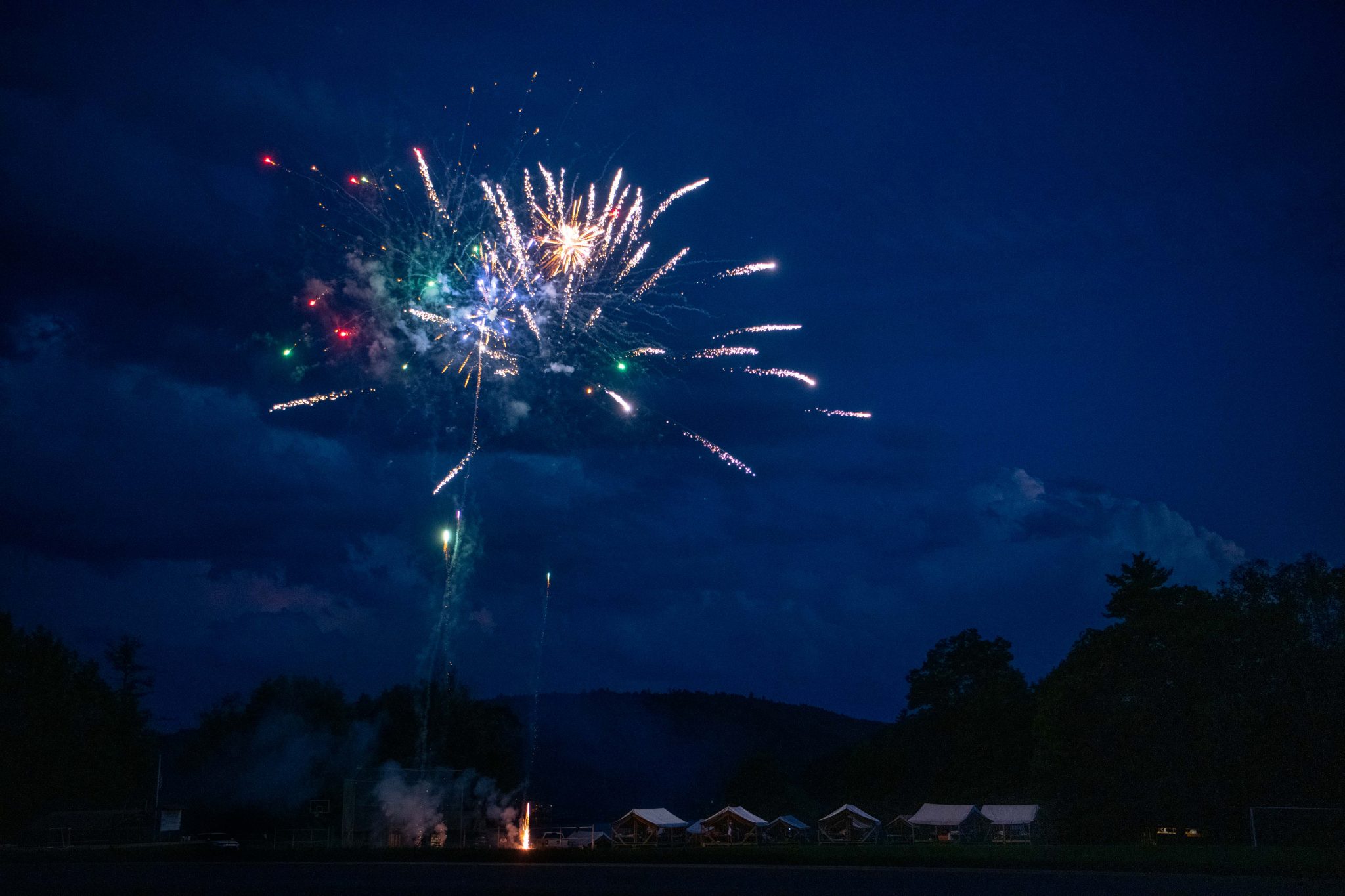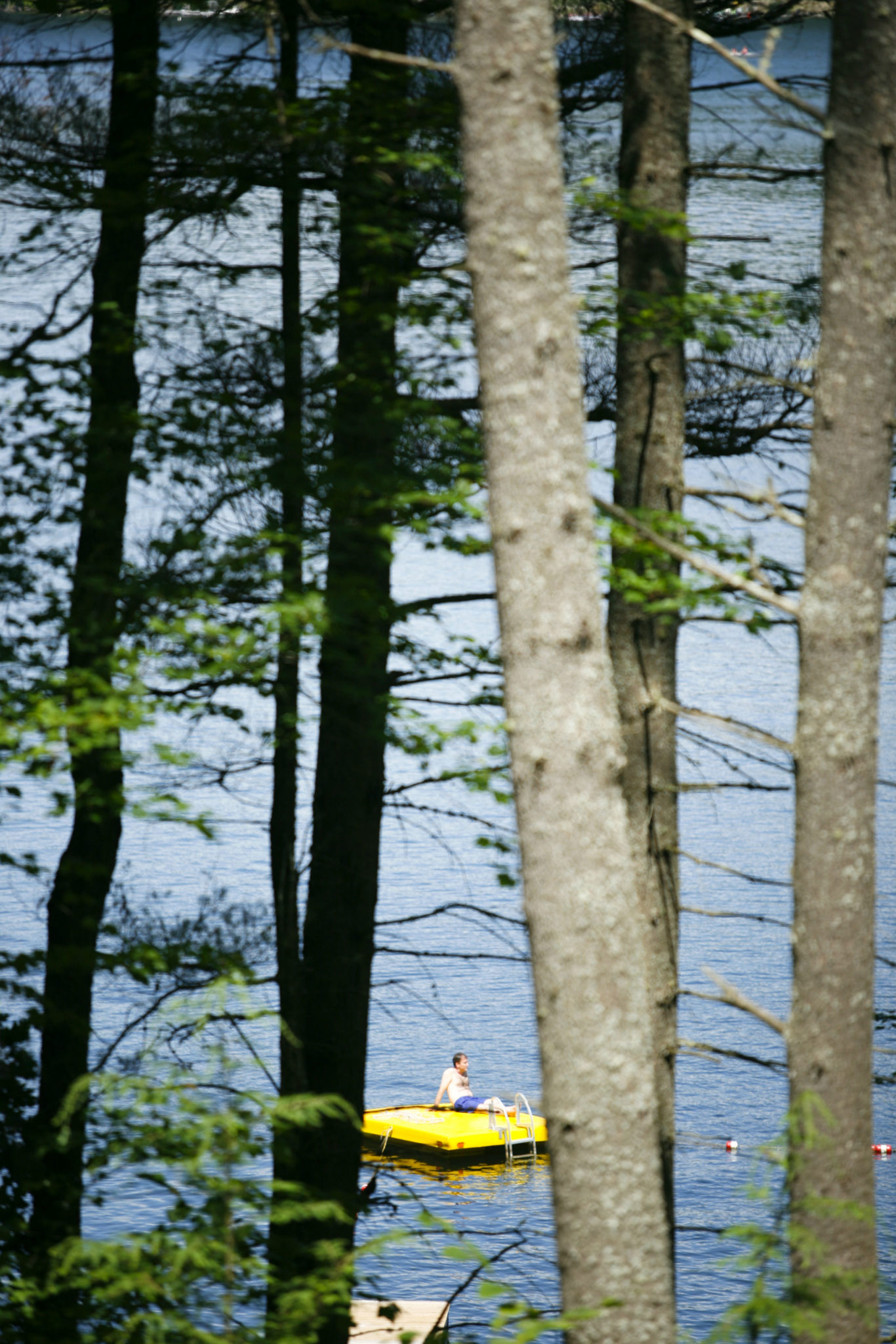 Article
Article

As published in the Greenwich Sentinel, March 26, 2024.
In the many conversations I’ve had with families in the last several months about deciding if Aloha—or any camp—is right for their teenager, one key element keeps emerging as an important factor: we don’t have our cell phones. It’s true! It can be done! And parents are focused in on this difference more than ever.
 I think they realize that one of the best gifts they can give their kids is time without having to carry the weight of the world on their shoulders (or in their pocket), and instead, offer them a space in a community that is uplifting, tight-knit, and face-to-face. At Aloha, our campers get a pause from the constant stream of information they (and all of us!) experience the rest of the year. Instead of tuning out, I like to think of this as tuning in – to themselves, to their community, and their surroundings. At each of our camps, we believe this is vital for camper health and wellbeing.
I think they realize that one of the best gifts they can give their kids is time without having to carry the weight of the world on their shoulders (or in their pocket), and instead, offer them a space in a community that is uplifting, tight-knit, and face-to-face. At Aloha, our campers get a pause from the constant stream of information they (and all of us!) experience the rest of the year. Instead of tuning out, I like to think of this as tuning in – to themselves, to their community, and their surroundings. At each of our camps, we believe this is vital for camper health and wellbeing.
In today’s digital age, teenagers spend an average of 7 hours and 22 minutes per day on screens for entertainment purposes alone, according to a recent report by Common Sense Media. That’s almost a full-time job worth of screen time! This constant exposure to screens can lead to increased feelings of anxiety, depression, and low self-esteem. Those important face-to-face interactions and meaningful conversations are replaced by digital interactions, hindering the development of empathy, communication skills, and emotional intelligence.
By unplugging from screens and immersing themselves in nature, teenagers can cultivate resilience, self-confidence, and authentic connections with their peers. Instead of sitting on their beds and scrolling in their free time, our campers are playing card games with a tentmate or inventing a new game on the athletic field. These small pockets of time allow a feeling of community to be nurtured where isolation would have been before.
During our Visiting Weekend last summer, the midpoint of our two 3.5-week sessions, a camp dad told me that his daughter (who chose to stay for the full seven weeks) had NO interest in borrowing his phone, and instead chose to sit on the porch conversing with her friends and their families. He confided in me that this was a massive change from the rest of the year, and he was thrilled to see it!
 The same weekend, I spoke with the parent of another camper who happened to be a political refugee. She said the absolute best thing for her daughter was being away from the news. It had become an unhealthy addiction for her to stay constantly connected to events in her home country, and her mom was glad for this change. Activities with peers like hiking Crawford Notch, swimming in Lake Morey, and our nightly ritual of Evening Circle all help to replace those anxious feelings often associated with an electronic device, while promoting physical health and emotional resilience. Is it any wonder she can’t wait to come to camp at Aloha again next summer?
The same weekend, I spoke with the parent of another camper who happened to be a political refugee. She said the absolute best thing for her daughter was being away from the news. It had become an unhealthy addiction for her to stay constantly connected to events in her home country, and her mom was glad for this change. Activities with peers like hiking Crawford Notch, swimming in Lake Morey, and our nightly ritual of Evening Circle all help to replace those anxious feelings often associated with an electronic device, while promoting physical health and emotional resilience. Is it any wonder she can’t wait to come to camp at Aloha again next summer?
Studies have long shown that spending time in nature can significantly benefit teenage mental health, and while the idea of tech-free summer camps may seem daunting, the long-term benefits far outweigh the temporary inconvenience or discomfort. By supporting our teenagers in taking substantial breaks from technology (weeks at a time even!), we empower them to prioritize their mental health, cultivate resilience, and embrace a more balanced and fulfilling lifestyle that will serve them long into adulthood.

